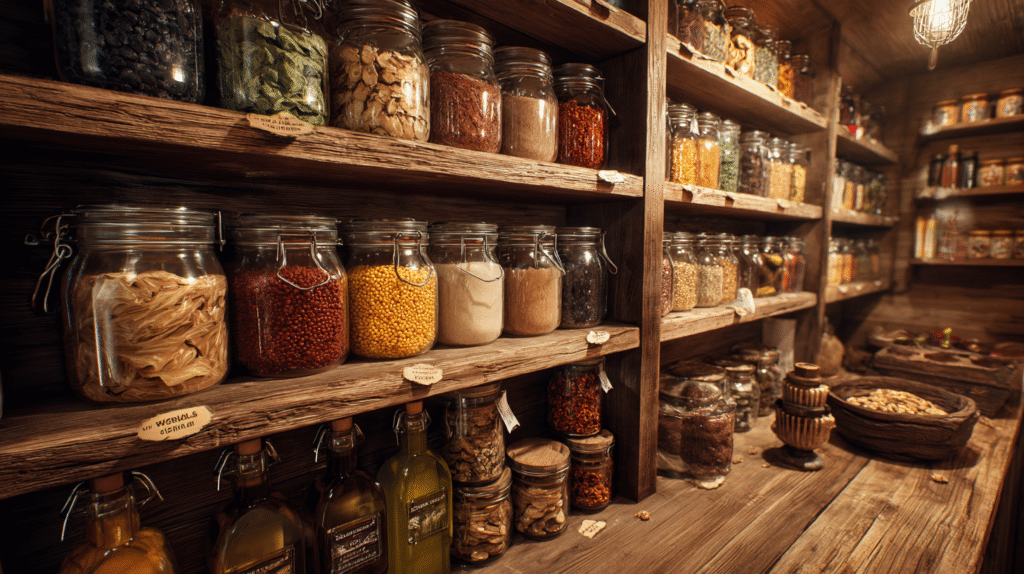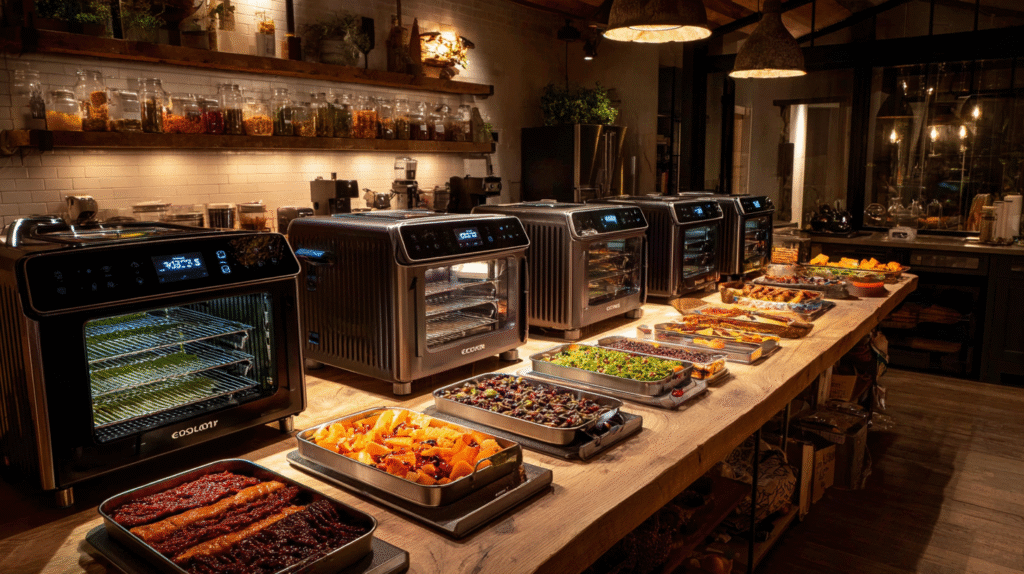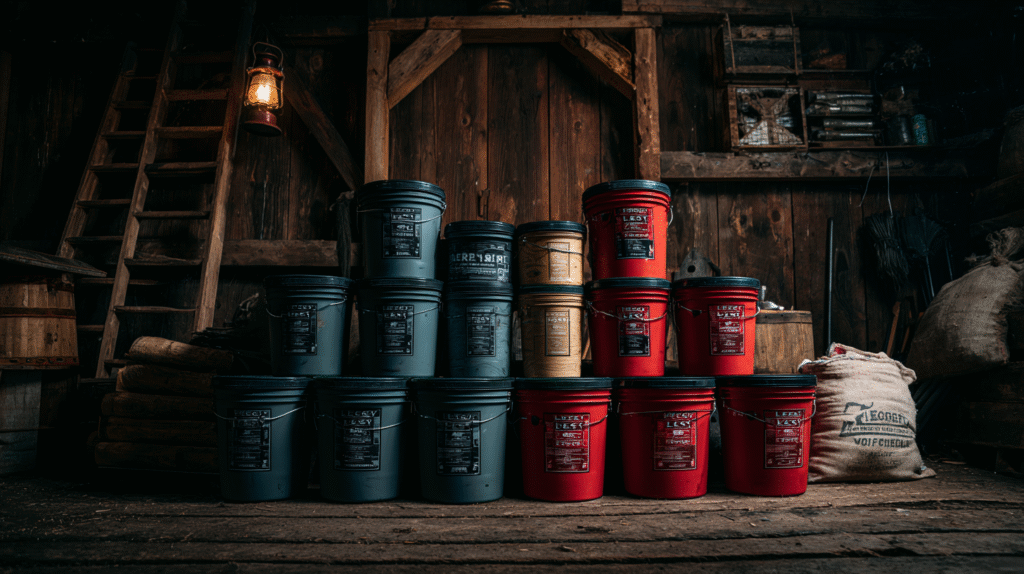Introduction
When it comes to survival situations, having the right food can make all the difference. But it’s not just about having food; it’s about having the right nutrition. Ensuring that your survival pantry is stocked with nutritionally balanced foods can help you maintain energy and health during emergencies. In this guide, we’ll explore how to build a survival pantry that not only lasts long but also provides the essential nutrients your body needs. Many of these essentials also appear on our list of foods that last 25 years, making them smart long-term staples.

Understanding Survival Food Nutrition
Survival food nutrition is all about keeping your body fueled and healthy when access to fresh food may be limited. The aim is to create a balanced diet that includes carbohydrates, proteins, fats, vitamins, and minerals. Here are some key components to consider:
Macronutrients
- Carbohydrates: These are your body’s primary energy source. Look for options like freeze-dried fruits and whole grain products.
- Proteins: Essential for muscle repair and immune function. Canned beans, nuts, and dehydrated meats are great choices.
- Fats: Important for energy and nutrient absorption. Store items like nut butters and olive oil.
Micronutrients
Don’t forget about vitamins and minerals! These are crucial for maintaining health. Include:
- Vitamin C: Found in items like freeze-dried berries and citrus fruit powders.
- Calcium: Consider powdered milk or canned fish with bones for calcium intake.
- Iron: Canned meats and legumes are excellent sources.
Proper nutrition is often overlooked in long-term food storage planning.
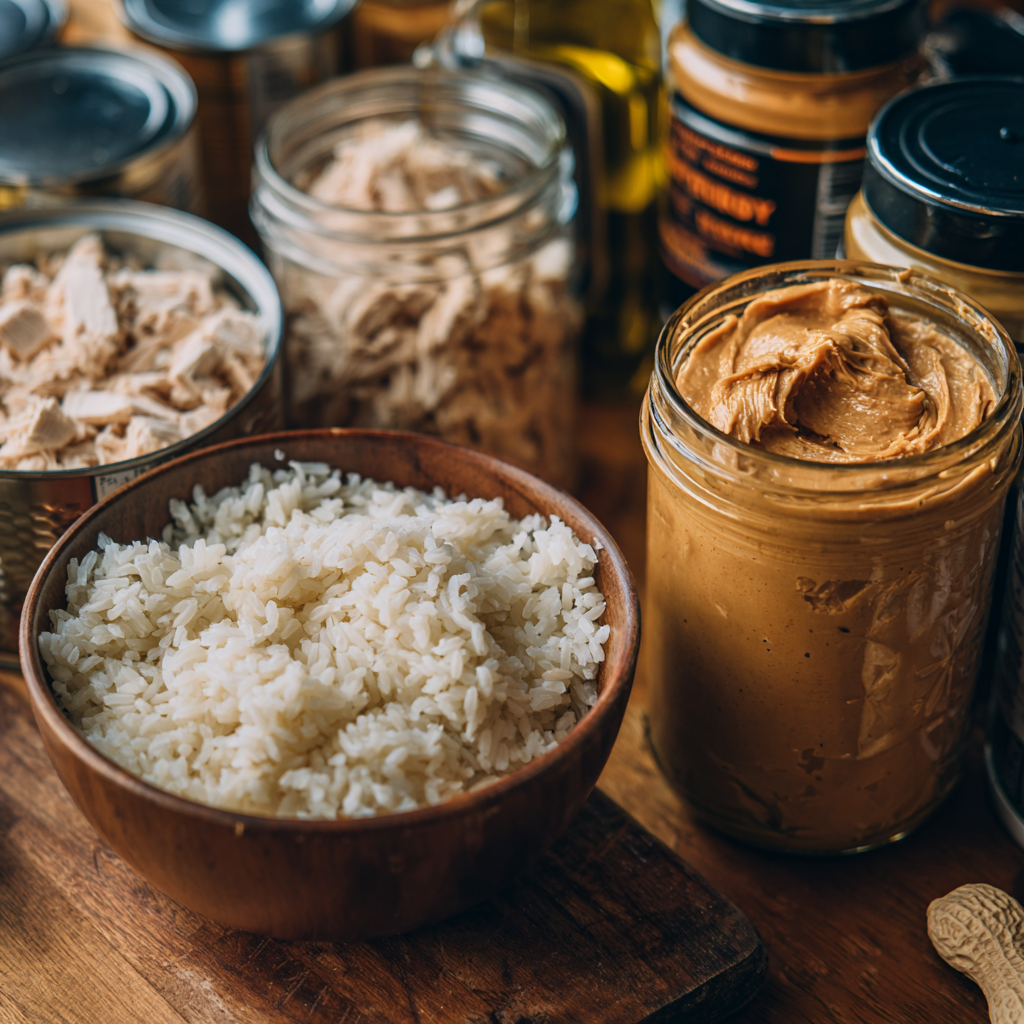
Building a Nutritionally Balanced Survival Pantry
Now that you understand the basics of survival food nutrition, let’s talk about how to build your pantry. Here are some essential categories and product recommendations to consider:
Grains and Starches
Grains are a great source of energy. Stock up on:
- Instant Rice: Quick to prepare and versatile.
- Quinoa: A protein-packed grain that cooks easily.
- Oats: Perfect for breakfast and high in fiber.
Even when resources are tight, you can build a balanced pantry by following our survival pantry on a budget strategies.
Proteins
Protein is essential for survival. Here are some options:
- Canned Chicken: Convenient and packed with protein.
- Dehydrated Meat: Lightweight and long-lasting.
- Black Beans: Great source of plant-based protein.
To make the most of staples, learn how to store rice and beans long term for decades of freshness.
Fruits and Vegetables
Fresh produce may not be available, but you can still get your vitamins:
- Freeze-Dried Fruits: Retain nutrients and are lightweight.
- Canned Vegetables: Easy to store and full of fiber.
- Vegetable Powder: A quick way to add nutrients to meals.
If you’re deciding between options, see our breakdown of canned vs. freeze-dried food for the pros and cons of each.
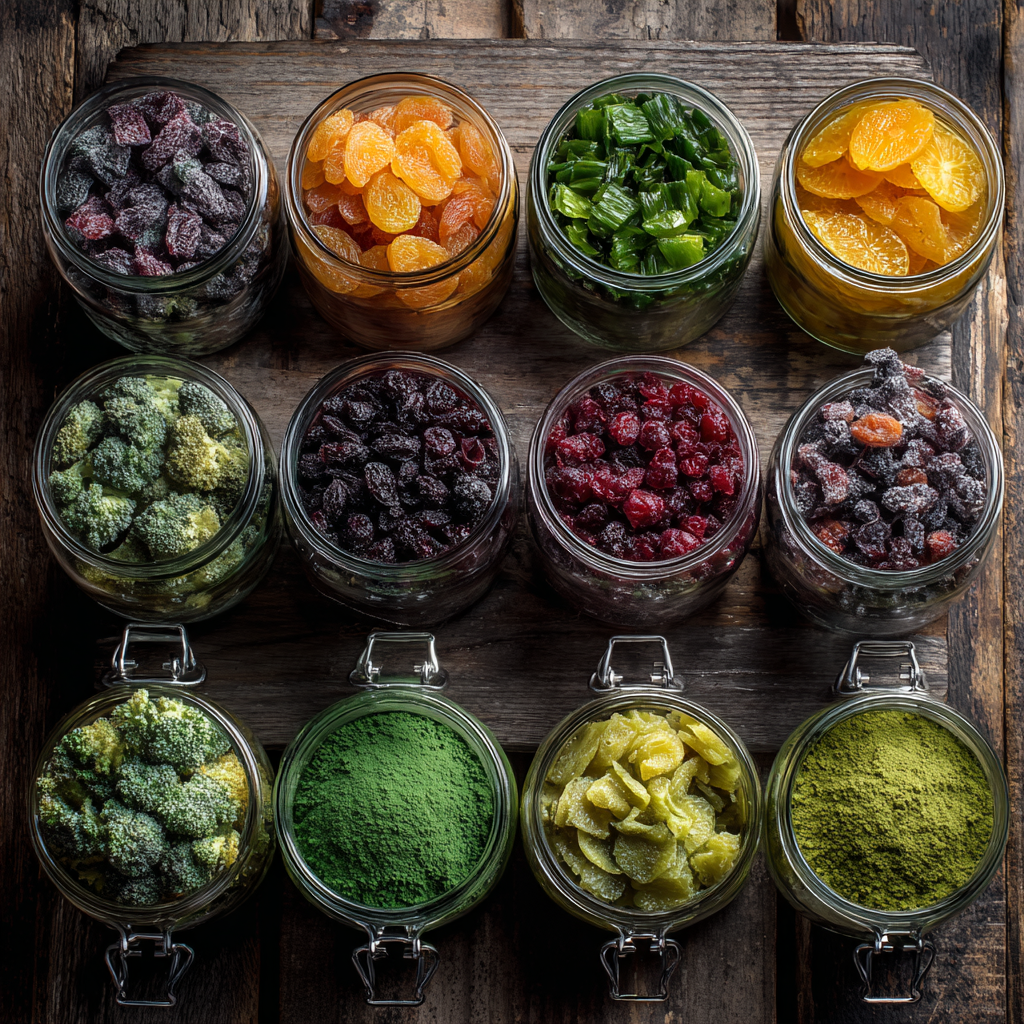
Fats and Oils
Healthy fats are essential for energy:
- Olive Oil: A heart-healthy oil for cooking.
- Nut Butters: Versatile and packed with energy.
- Coconut Oil: Great for cooking and has a long shelf life.
For more options, check out our guide to the best oils for survival to ensure you’re stocked with healthy fats.
Snacks and Convenience Foods
Don’t forget to add some snacks to keep morale up:
- Granola Bars: Easy to grab for a quick energy boost.
- Trail Mix: A mix of nuts, dried fruits, and chocolates.
- Popcorn: A fun snack that’s high in fiber.
Conclusion
Building a nutritionally balanced survival pantry is essential for maintaining health and energy in emergencies. By focusing on a variety of macronutrients and micronutrients, you can ensure your body gets what it needs. Consider adding items like Canned Chicken, Freeze-Dried Fruits, and Nut Butters to your pantry for a well-rounded selection of survival food. Start stocking up today and be prepared for whatever comes your way!

